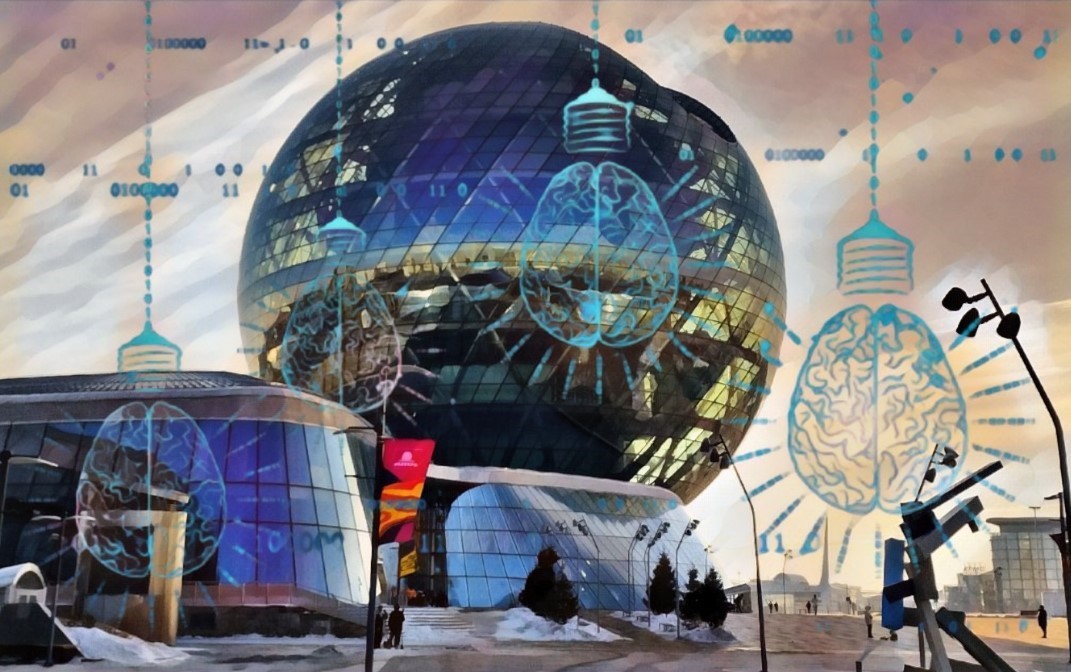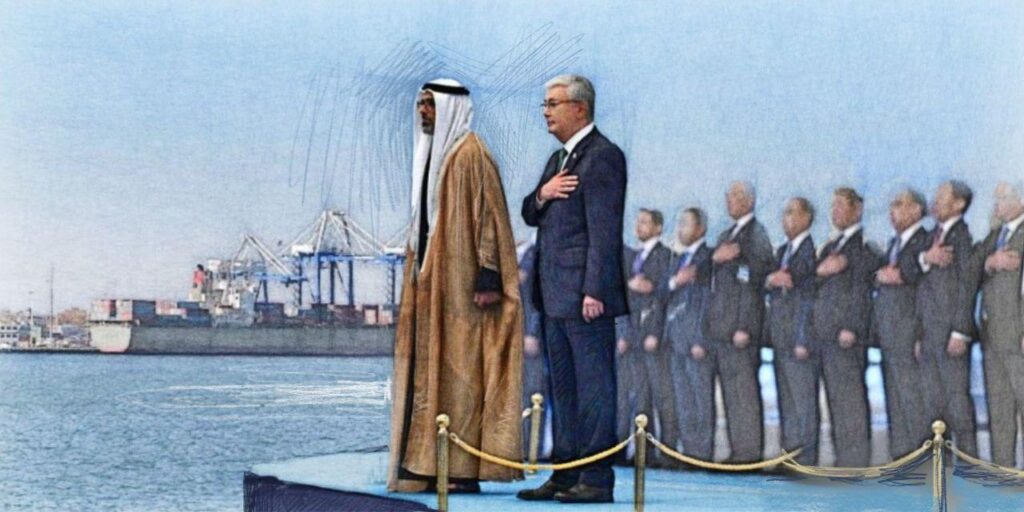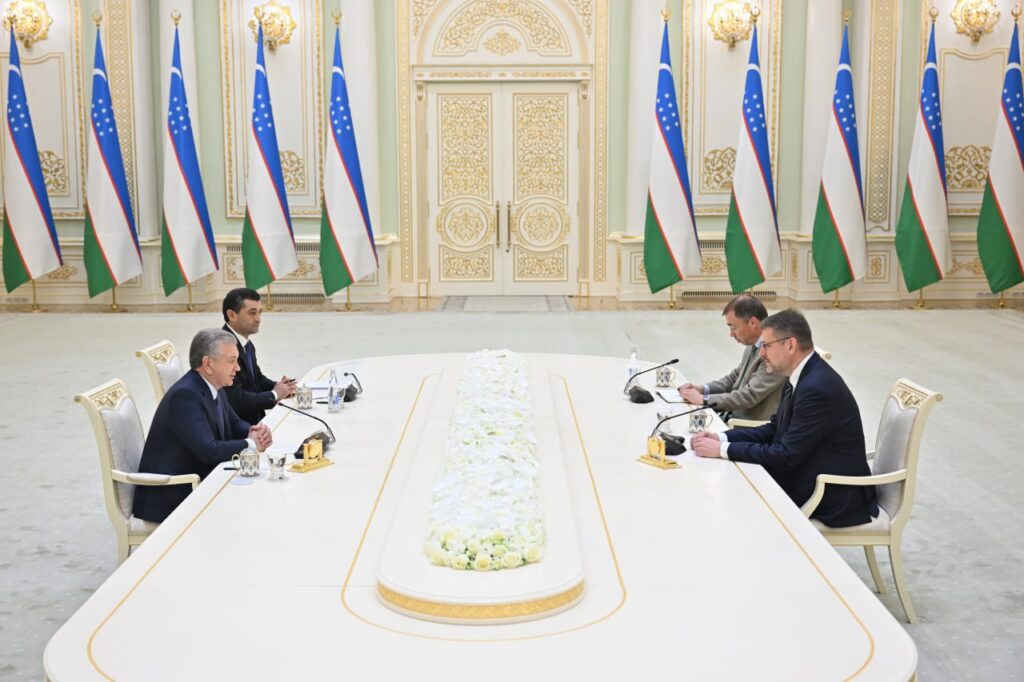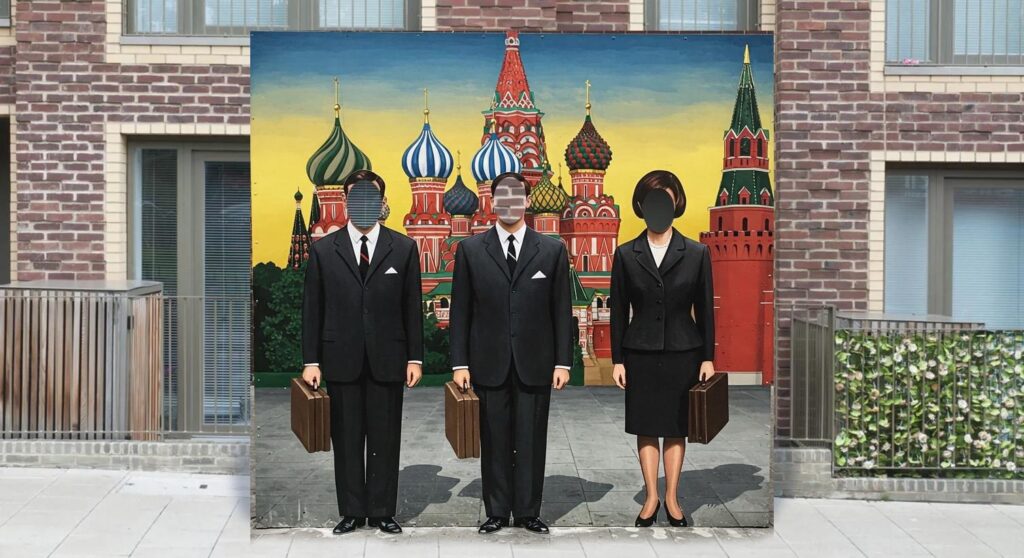The Times of Central Asia spoke with Dr. Hussein Atakan Varol, a professor of robotics and PhD in electrical engineering, who serves as General Director of the Institute of Smart Systems and Artificial Intelligence (ISSAI) at Nazarbayev University (NU). Dr. Varol discusses ISSAI’s research initiatives, the role of artificial intelligence (AI) in Kazakhstan, and the country’s potential to lead in AI innovation.
ISSAI’s Mission and Collaborations
TCA: What is the mission of ISSAI, and what are its key focus areas?
Varol: At ISSAI, our mission is to conduct cutting-edge AI research and develop practical, impactful solutions that benefit Kazakhstan and the broader global community. We specialize in large-scale generative AI models, speech recognition, computer vision, and AI infrastructure. Our goal is to establish sovereign AI capabilities in Kazakhstan, minimizing dependence on external technologies while maintaining a strong ethical foundation. All our research adheres to principles of “AI for Good” and “AI for Kazakhstan,” ensuring that developments remain responsible and socially beneficial.
TCA: How does ISSAI collaborate with the public sector, private companies, and international organizations?
Varol: We actively engage with government agencies, local businesses, and global AI research institutions. Our partnerships focus on AI model development, data collection, and deploying AI-driven solutions. Access to computational resources remains a key challenge, and we collaborate strategically to secure the infrastructure needed to scale AI projects in Kazakhstan.
Notable Projects and Local Impact
TCA: What are some of ISSAI’s most promising current developments?
Varol: A highlight is SoyleApp, which provides real-time speech recognition, text-to-speech, and multilingual translation. It has vast potential in education, public services, and cross-language communication.
We’ve also developed the Mangitas 01 Inference Server, a vital step for Kazakhstan’s AI ecosystem. In the absence of AI supercomputers, we built Mangitas 01 using commercial off-the-shelf components, allowing local deployment of AI models with enhanced data security. We’re now working on expanding this line to support our Oylan language-vision model, paving the way for more advanced multimodal AI applications.
TCA: Have ISSAI’s solutions been successfully implemented in Kazakhstan?
Varol: Yes. SoyleApp is being integrated into governmental and enterprise systems to improve accessibility for Kazakh-speaking users. Mangitas 01 serves as a prototype for local AI infrastructure, enabling organizations to operate AI systems within Kazakhstan, enhancing both data protection and performance.
TCA: How does the local context influence your AI development?
Varol: Kazakhstan’s linguistic and cultural diversity demands AI systems capable of understanding and producing content in Kazakh, Russian, and other regional languages. We’ve created tailored datasets and models to meet these needs. Moreover, the country’s limited AI infrastructure has led us to focus on efficient and scalable solutions like Mangitas 01.
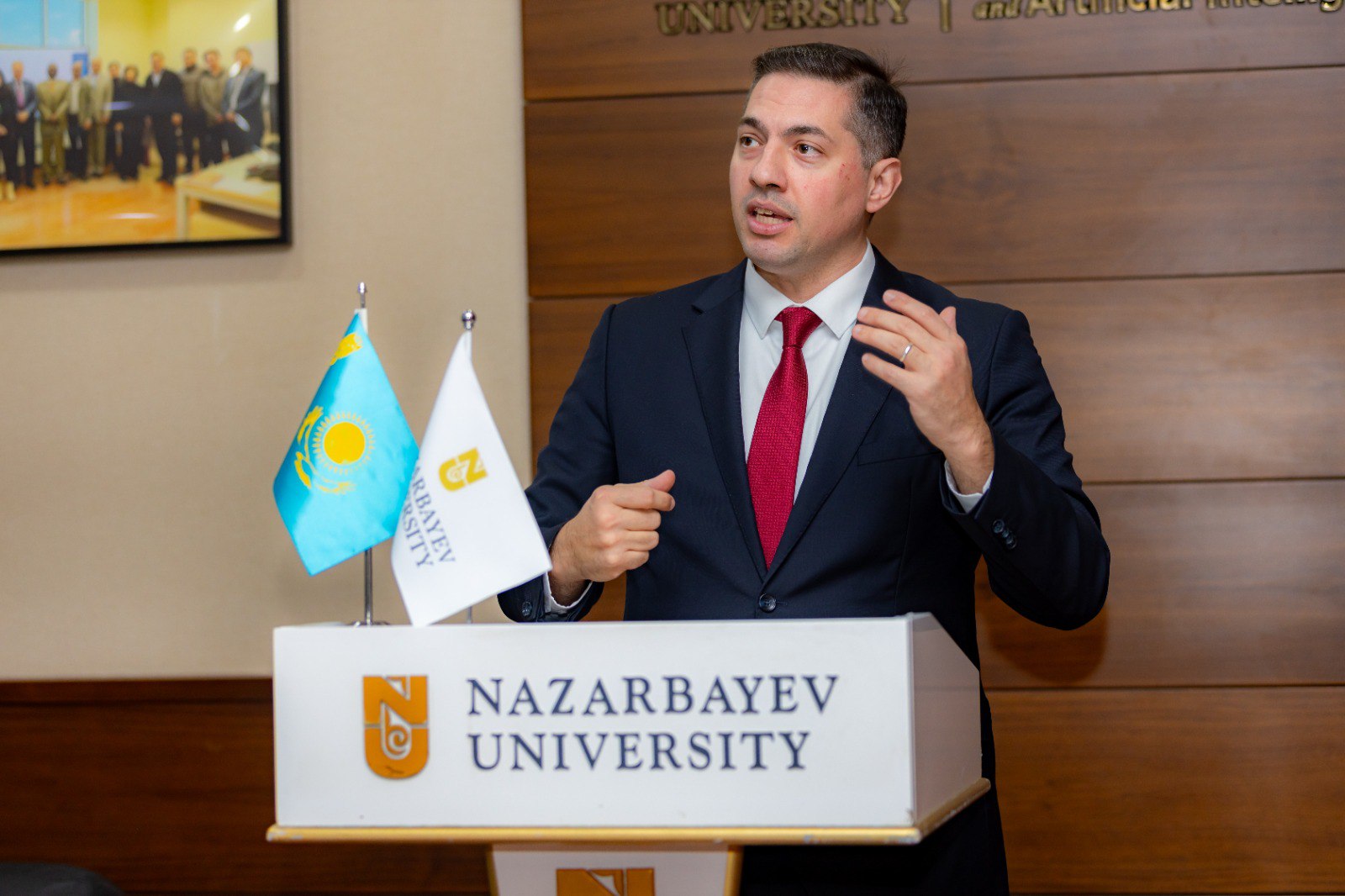
Dr. Atakan Varol; image: NU.edu
The Future of AI and Kazakhstan’s Role
TCA: How do you see AI evolving over the next 5-10 years?
Varol: The next leap is toward multimodal and sparse generative models that handle text, images, and audio simultaneously. With proper investment, Kazakhstan can contribute meaningfully to this frontier. We’re also exploring edge AI, which enables powerful AI models to run locally on devices like smartphones, improving both privacy and resilience. The emergence of humanoid robots driven by advanced AI will further transform the service and manufacturing sectors.
TCA: What are the main challenges and risks of AI adoption?
Varol: Our biggest challenge is the lack of high-performance computing infrastructure. Even if we develop leading AI models, deploying them is hindered without supercomputers. This dependency on foreign providers can be politically risky.
Automation is another concern, as AI disrupts sectors like law, journalism, and programming. That’s why workforce adaptation is critical. We must equip professionals to work alongside AI, and generative AI literacy will be essential to Kazakhstan’s technological leadership.
TCA: How is ISSAI helping to build AI talent in Kazakhstan?
Varol: We’re committed to training the next generation of AI researchers, data scientists, and engineers. Through educational programs, workshops, and internships, we provide hands-on opportunities for students. One of our flagship efforts is the ISSAI Summer Research Program (SRP), which brings together students from the University of Pennsylvania, NU, and universities across rural Kazakhstan. It fosters cross-cultural collaboration and real-world research experience.
Personal Perspective
TCA: Which AI trends excite you the most?
Varol: Multimodal AI is incredibly promising; systems that seamlessly integrate text, images, and audio will define the next era of innovation. We’re actively developing in this area with Oylan and a new sparse multimodal model.
Another breakthrough is in sparse model architectures, like DeepSeek’s mixture-of-experts approach, which activates only select model parameters, improving efficiency while maintaining performance, crucial for Kazakhstan’s limited resources.
We’re also intrigued by the move beyond token-based models, toward architectures built on latent embeddings. This could reduce data and energy needs, aligning with Green AI principles. Sustainability must be a core tenet of future AI development.
TCA: What advice do you have for aspiring AI researchers and engineers?
Varol: Focus on solving real-world problems. Kazakhstan’s unique linguistic and infrastructural challenges create fertile ground for innovation. Stay curious and adaptable, this field changes fast, and success comes from ongoing learning and experimentation.
While studying abroad is valuable, excellent education and research opportunities exist within Kazakhstan, particularly at NU. Many of our top contributors are Kazakhstani students and international collaborators working together. AI is a global discipline, and diversity is its strength.
